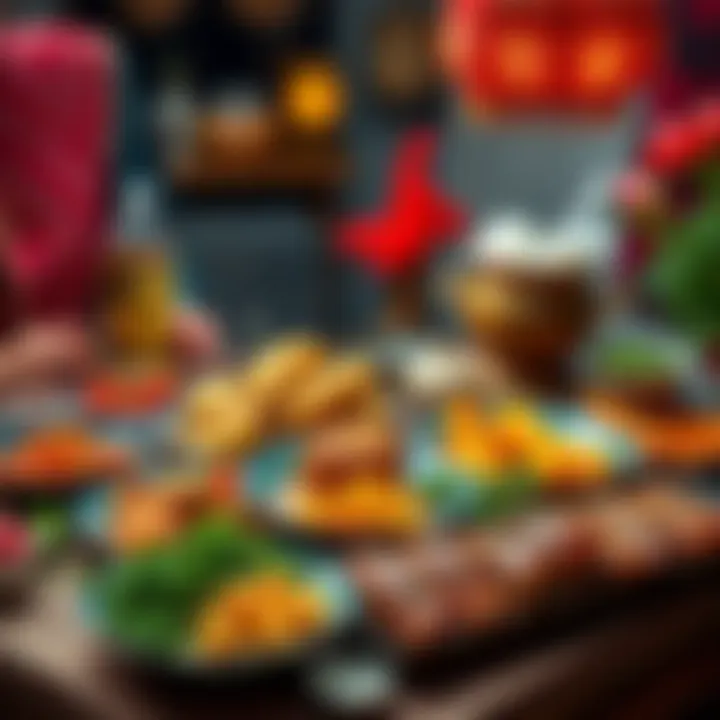Z Image | Fastest Open Source Model Impresses Users with Unique Style
Edited By
Lisa Fernandez

A growing number of people are praising the new open source model, Z Image, for its impressive speed and quality. Although it has its limits, users expressed excitement about its ability to generate images with an Eastern European vibe, effectively capturing the essence of small villages from decades past.
What Users Are Saying
Several users have shared their experiences with Z Image, highlighting both the strengths and weaknesses of the model. The community is buzzing with feedback, revealing a mix of satisfaction and constructive criticism.
Strengths:
Lighting and Textures: Some comments noted that Z Image excels in understanding lighting and textures, avoiding the plastic look associated with other models.
Image Quality: Users report better coherence and anatomical accuracy, stating that "it's more than even that." The overall quality is described as “worlds better” compared to other popular models like Flux.
Speed: With a capable GPU, generating images of up to 2048x2048 resolution is notably quick, clocking around 10 seconds for high-quality images.
Weaknesses:
Food Representation: A common disappointment arises from the model's struggle to produce authentic looking food, often yielding images resembling tourist trap cuisine.
Character Repetition: Certain characters, particularly older men in group settings, tend to look alike, comparing them to clones. As one user pointed out, there seems to be a lack of variety in appearances and poses.
Distorted Features: Some users reported that people in the distance sometimes have distorted faces, with issues particularly noticeable when images are resized to 1024x1024.
"People in groups tend to have similar poses odd variety often seen."
Sentiment Summary
Overall, the sentiment among users leans positive, highlighting various features that distinguish Z Image from its competitors. The promise of future enhancements, including Lora training, has many eagerly anticipating updates.
Key Highlights
✅ Z Image is fast, with 2048x2048 images generated in about ten seconds.
🔍 "It understands things easily and looks good and neutral most of the time."
❌ Struggles with authentic food representation and variety in character designs.
As Z Image continues to develop, many are curious to see how it will compete against established models in the open source arena. With its promising capabilities and user enthusiasm, it could soon become a mainstay in digital image generation.
What Lies Ahead for Z Image
With the interest in Z Image skyrocketing, there's a strong chance we will see significant updates soon. Expectations are high for the implementation of Lora training, which could address some current weaknesses, especially in character variety and food representation. Experts estimate around a 75% probability that these enhancements will elevate Z Image's appeal, pushing it closer to the standards set by competitors. As the model continues to gather community feedback, further refinements in image coherence and user experience are likely to keep users engaged and excited.
Echoes of the Past
This situation mirrors the evolution of early photography in the 19th century. Just as initial camera work struggled to capture realistic images, often producing distorted or odd-looking portraits, modern image generation faces similar challenges with authenticity. As pioneers then improved techniques through trial and error, today’s developers are charting a course toward high-quality outputs. The journey of Z Image reflects this history—an important reminder that great advancements often emerge from overcoming initial setbacks.
